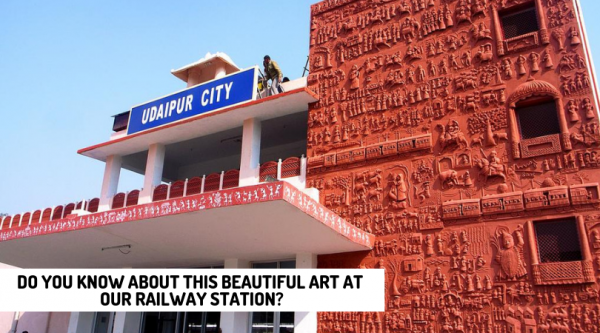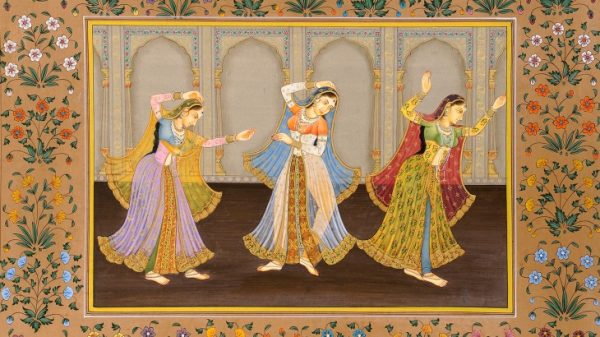Posted inLifestyle
Do You Know About this Beautiful Art at our Railway Station?
At a distance of around 50 km from Udaipur, near the religious town of Nathdwara rests a village named Molela. Molela, also known as ‘potters village’ is quite popular for…

